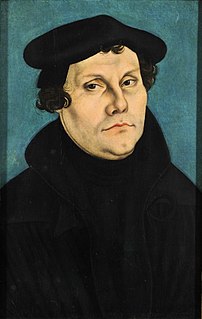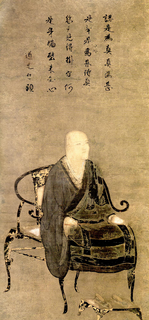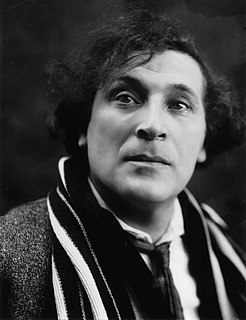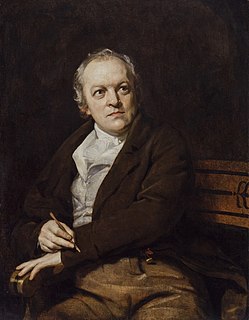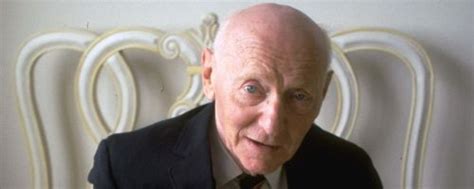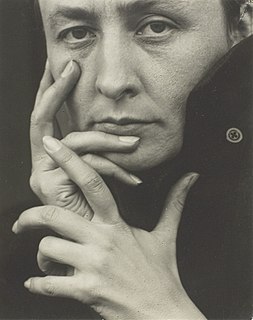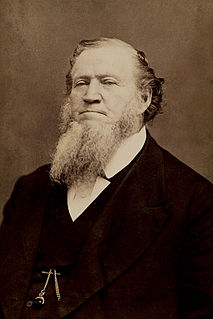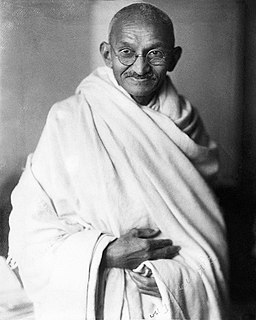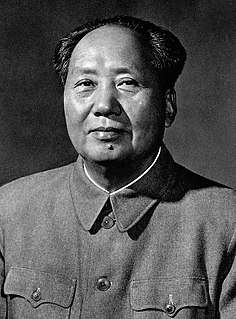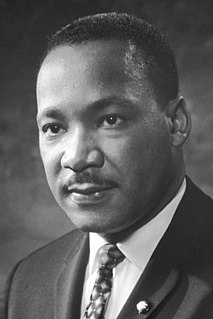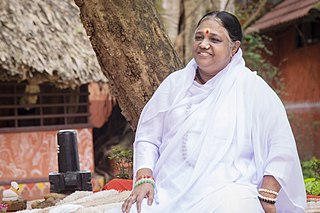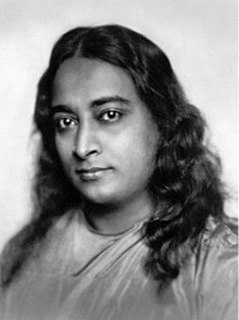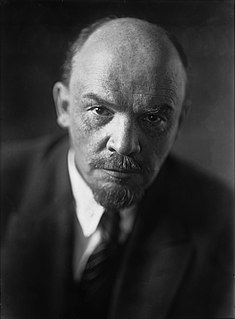A Quote by Martin Luther
Albert Durer, the famous painter, used to say he had no pleasure in pictures that were painted with many colors, but in those which were painted with a choice simplicity. So it is with me as to sermons.
Related Quotes
When a buddha is painted, not only a clay altar or lump of earth is used, but the thirty-two marks, a blade of grass, and the cultivation of wisdom for incalculable eons are used. As a Buddha has been painted on a single scroll in this way, all buddhas are painted buddhas, and all painted buddhas are actual buddhas.
Were it not for this [dissatisfaction], the perfect painting might be painted, on the completion of which the painter could retire. It is this great insufficiency that drives him on. The process of creation becomes necessary to the painter perhaps more than it is in the picture. The process is in fact habit-forming.
I find that I have painted my life, things happening in my life - without knowing. After painting the shell and shingle many times, I did a misty landscape of the mountain across the lake,
and the mountain became the shape of the shingle - the mountain I saw out my window, the shingle on the table in my room. I did not notice that they were alike for a long time after they
were painted.
